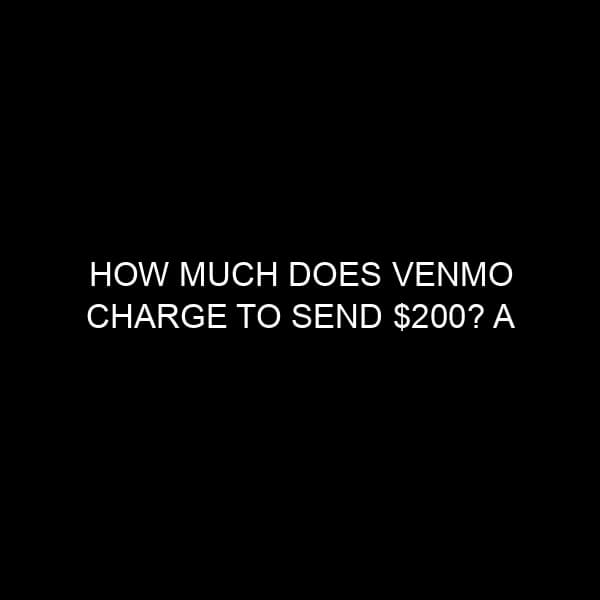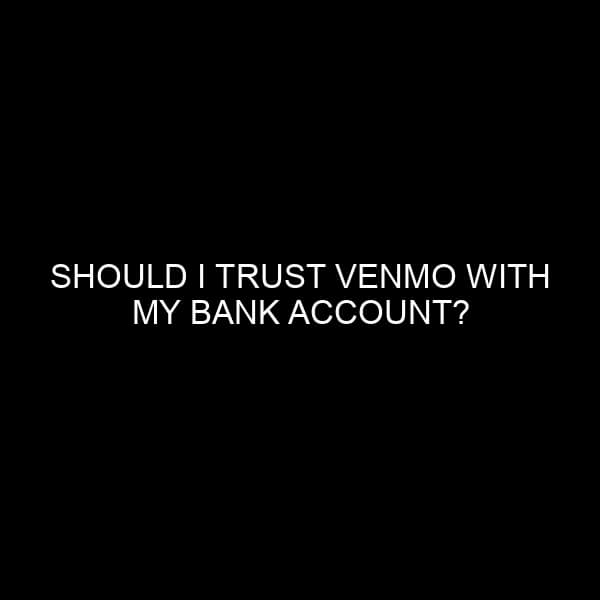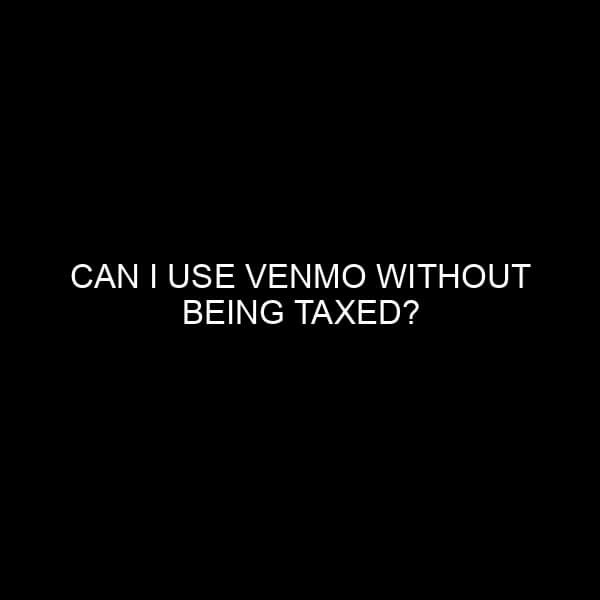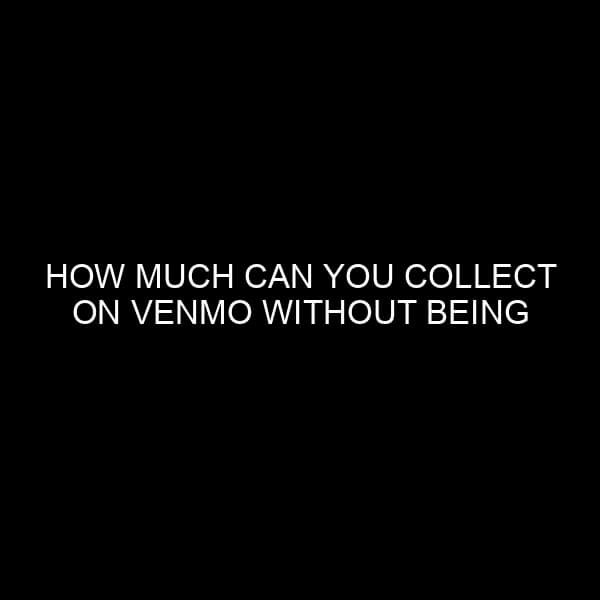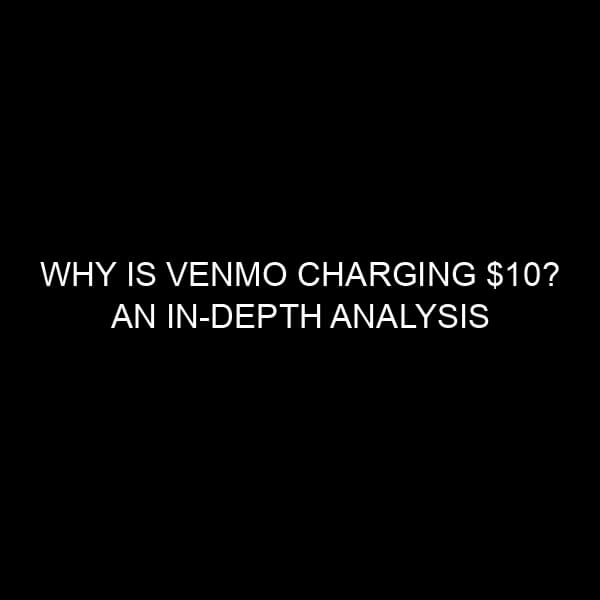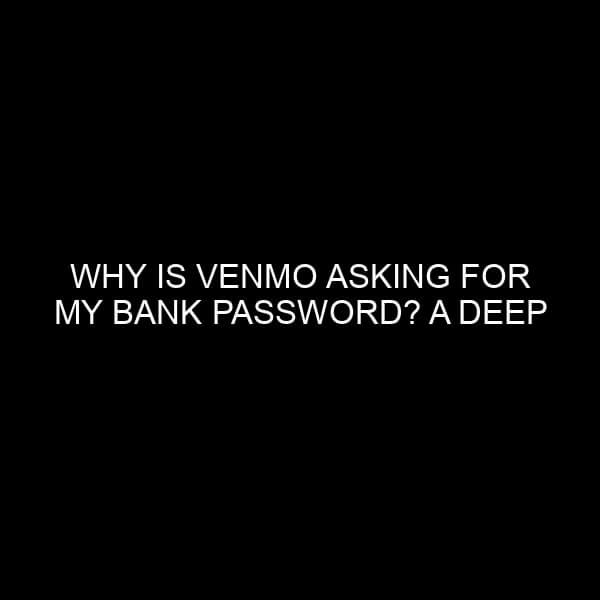How Much Does Venmo Charge to Send $200? A Comprehensive Breakdown
The proliferation of digital peer-to-peer payment systems has reshaped the landscape of the financial market. Among them, Venmo stands out as a trailblazer. Since its inception in 2009, this mobile payment service has become synonymous with quick and easy money transfers, particularly among millennials. Given the increasing dependency on platforms like Venmo for everyday transactions, it becomes crucial for users to understand its fee structure, especially for varying amounts. One of the common questions I encounter from users is, “How much does Venmo charge to send $200?” In this article, with my experience in the financial market and banking industry, I’ll provide a detailed breakdown of Venmo’s fee structure and elucidate any charges you might incur when sending $200 via Venmo.
1. Venmo’s Fee Structure: The Basics
a. Personal Transfers
For the uninitiated, using Venmo to send or receive money between friends or family is usually free. This encompasses the majority of transactions on the platform. Sending $200 to a friend for a shared meal or a gift? Expect no charges here, as long as you’re using a linked bank account, Venmo balance, or a major debit card.
b. Credit Card Transfers
However, there’s a caveat when it comes to using credit cards. If you opt to send $200 using a credit card, Venmo imposes a 3% fee on the total transaction amount. In this scenario, sending $200 would incur a fee of $6, making the total transaction amount $206.
c. Business Transactions
For transactions rendered for goods or services, Venmo does charge the recipient a 1.9% + $0.10 fee. But for the sender, there is no direct fee associated.
2. Instant Transfers: Getting Your Money Faster
While standard bank transfers from your Venmo balance to your bank account can take 1-3 business days and are free, Venmo offers an “Instant Transfer” feature for those who’d like to expedite the process. Leveraging this service will cost 1% of the transferred amount, with a minimum fee of $0.25 and a maximum fee of $10. However, this cost is incurred when you’re moving money from your Venmo balance to your bank, not for sending money to another individual.
3. Hidden Costs: Things to Be Aware Of
a. Foreign Transactions
If you’re thinking of using Venmo for international transactions, think again. Currently, Venmo only operates within the United States and doesn’t support international transactions. Any attempt could lead to account limitations or closures.
b. Potential Bank Fees
Always ensure that you have enough funds in your linked bank account when making a transaction. Some banks might charge overdraft fees if a Venmo transaction exceeds the available balance.
4. Comparing Venmo with Other Peer-to-Peer Payment Platforms
To determine if Venmo’s fee structure aligns with your financial needs, it’s beneficial to compare it with other platforms:
- PayPal: Owned by the same parent company as Venmo, PayPal’s fee structure is somewhat similar but is more internationally oriented.
- Cash App: Offers personal transfers similar to Venmo and has its unique “Cash Card,” a debit card to spend your Cash App balance.
- Zelle: Directly integrated with many banks, Zelle offers swift bank-to-bank transfers without fees.
Always weigh the benefits and costs of each platform before settling on your preferred choice.
Conclusion: Is Sending $200 via Venmo Cost-effective?
Given the versatility and user-friendliness of the platform, Venmo remains an attractive option for many users. Sending $200 is typically free unless you’re using a credit card, which incurs a 3% fee. However, always be conscious of potential hidden costs and evaluate whether the platform aligns with your transaction needs.
The digitalization of banking and the rise of platforms like Venmo has undeniably added convenience to our lives. As with any financial decision, being informed is crucial. Stay abreast of any changes in fee structures and ensure you’re leveraging these platforms to their utmost potential, all while safeguarding your financial well-being.
